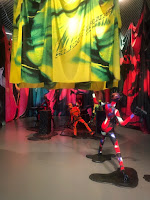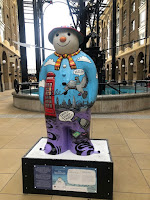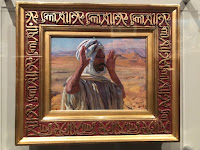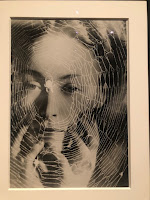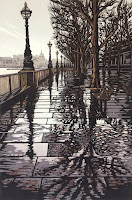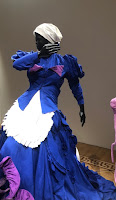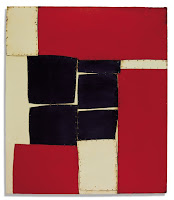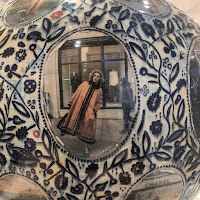All that Glitters

Quirky decoration of National Trust property Polesden Lacey for Christmas. This year’s decorations, by contemporary artists NEON, take inspiration from the society hostess, Margaret Greville, who lived there. Using her jewellery collection, which is now part of the Royal Collection, they take elements of the jewels and create three installations within the house. The Trust then responded to these quirky displays with a more traditional approach in the next room. My favourite room, shown here, was the billiard room hung with diamond shaped frames which moved gently in a breeze casting different shadows around the room. I also liked the corridor to the servants quarters lined with white foliage and feather balls. Closed 6 January 2020





